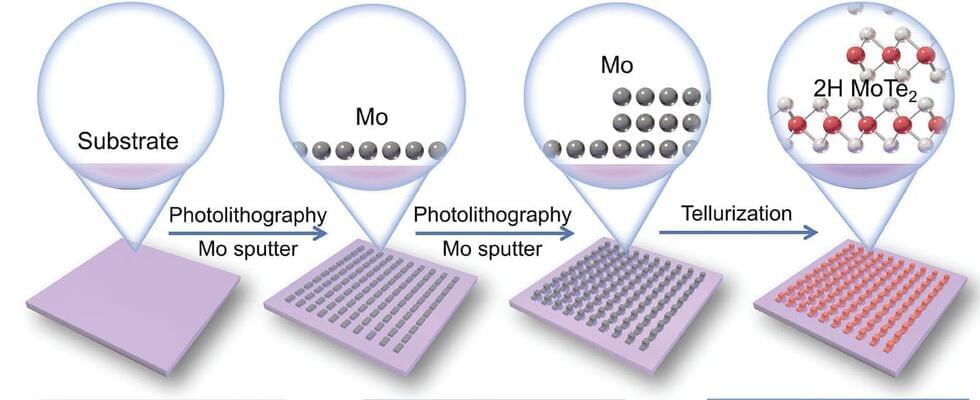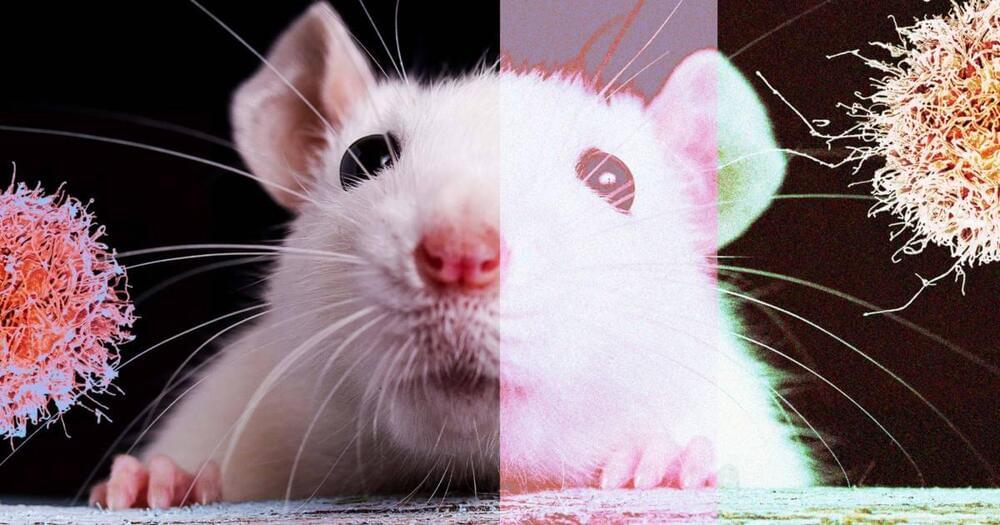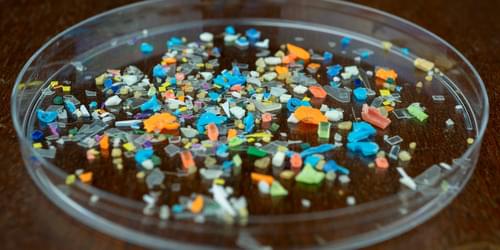Aug 5, 2024
Self-powered pump harnesses light and chemistry to target, capture pollutants
Posted by Dan Breeden in categories: chemistry, energy
Dartmouth researchers have developed a self-powered pump that uses natural light and chemistry to target and remove specific water pollutants, according to a new report in the journal Science (“A molecular anion pump”).
As water enters the pump, a wavelength of light activates a synthetic molecular receptor designed to bond to negatively charged ions, or anions, a class of pollutants linked to metabolic disruptions in plants and animals. A second wavelength deactivates the receptors as water exits the pump and causes them to release the pollutants, trapping them in a non-reactive substrate until they can be safely discarded.
“This is a proof of concept that you can use a synthetic receptor to convert light energy into chemical potential for removing a contaminant from a waste source,” says the study’s senior author, Ivan Aprahamian, professor and chair of the Department of Chemistry at Dartmouth.


















